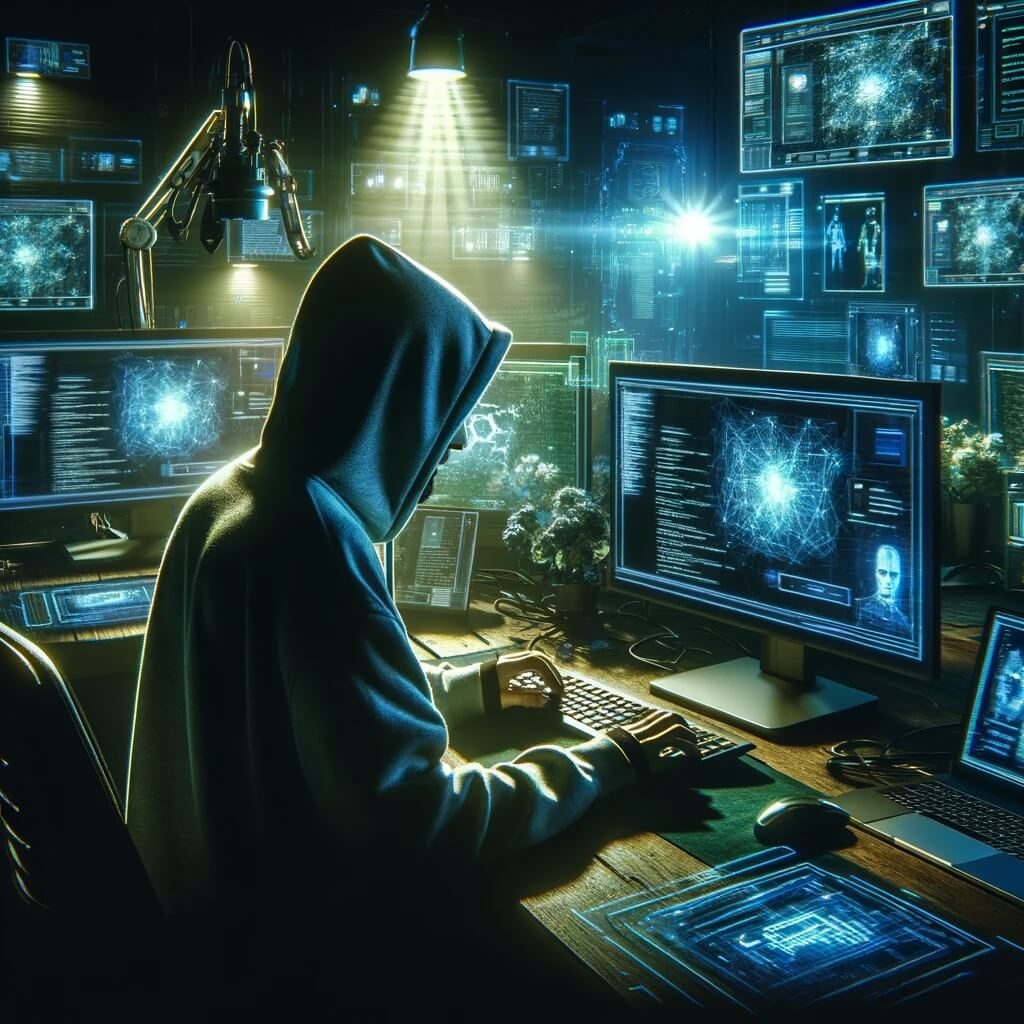In a world where blockchain security remains paramount, ChainLight, a top-tier blockchain security audit firm, uncovered a lurking threat in the zkSync Era protocol. This flaw, if manipulated, could have resulted in staggering losses upwards of $1.9 billion. This revelation underlines the importance of regular audits, collaborative efforts, and multi-layered security mechanisms in the blockchain domain.
ChainLight uncovers a Billion-Dollar Bug
The detected vulnerability was deeply embedded within zkSync Era’s zk-circuits—integral components meant to validate transaction authenticity without compromising any sensitive information of the involved entities. However, in an alarming turn of events, ChainLight deduced that this bug might have empowered a malicious player to tamper with transaction specifics within a block, while still getting a nod of verification. The repercussions could be catastrophic, with the layer-1 smart contracts unknowingly giving the green light to these doctored proofs, oblivious to the tampered transactional details.
Had this not been detected in time and had an attacker successfully harnessed this bug, they might have siphoned off a whopping 100,000 ether (ETH), which translated to a value of about $1.9 billion during the disclosure.
Layers of security: zkSync era’s defense mechanism
Nevertheless, the zkSync Era wasn’t devoid of protective measures. An elaborate security framework enveloped the protocol, making it a Herculean task for any external entity to leverage this vulnerability. This sophisticated security architecture is the brainchild of Matter Labs—the infrastructure connoisseurs piloting zkSync Era.
Discussing the depth of the security layers, Anton Astafiev, the spearhead of security initiatives at Matter Labs, conveyed to Blockworks that the successful exploitation of this glitch would demand the pinnacle of security privileges within its setup. An attacker would be faced with an uphill battle, needing to infiltrate the protocol’s backend for direct code manipulation or getting their hands on its validator private key meant for block signatures. The challenges wouldn’t end there. The malicious entity would then have to twiddle their thumbs through a mandatory 21-hour hiatus before laying claim to any pilfered funds, all due to a strategic execution delay in place.
Astafiev further elaborated, “What’s more, the bug found is related to our old prover and not the current Boojum, implying the code will soon be consigned to oblivion and be decommissioned.”
Swift Response and future collaborative aspirations
Once this red flag was hoisted, ChainLight’s subsequent report on the issue evoked an immediate and effective response from the Matter Labs team, who dived into damage control mode and rectified the flaw.
For their keen-eyed detection, the ChainLight brigade was conferred a handsome reward of 50,000 USDC. Astafiev shed light on this gesture, stating, “While this specific bug wasn’t formally encapsulated within our pre-existing bug bounty programs or any public contest, we’re committed to assessing unsolicited findings based on their tangible real-world repercussions. This helps us gauge their significance and decide on a befitting reward.”
Astafiev further enunciated Matter Labs’ vision of fostering enduring alliances with entities like ChainLight and other security-centric organizations. He mused, “Such revelations are stark reminders of the indispensability of layered defense blueprints, akin to what Matter Labs sculpted for zkSync. No protective layer can claim infallibility, hence the imperative to ensure there’s no solitary point of collapse.”
Conclusion
This incident underscores the vitality of relentless vigilance, meticulous audits, and the fostering of collaborative ecosystems in the blockchain arena. The proactive detection and timely resolution of such vulnerabilities are a testament to the strength and resilience of the blockchain community and its commitment to ensuring the safety and trust of its users.




